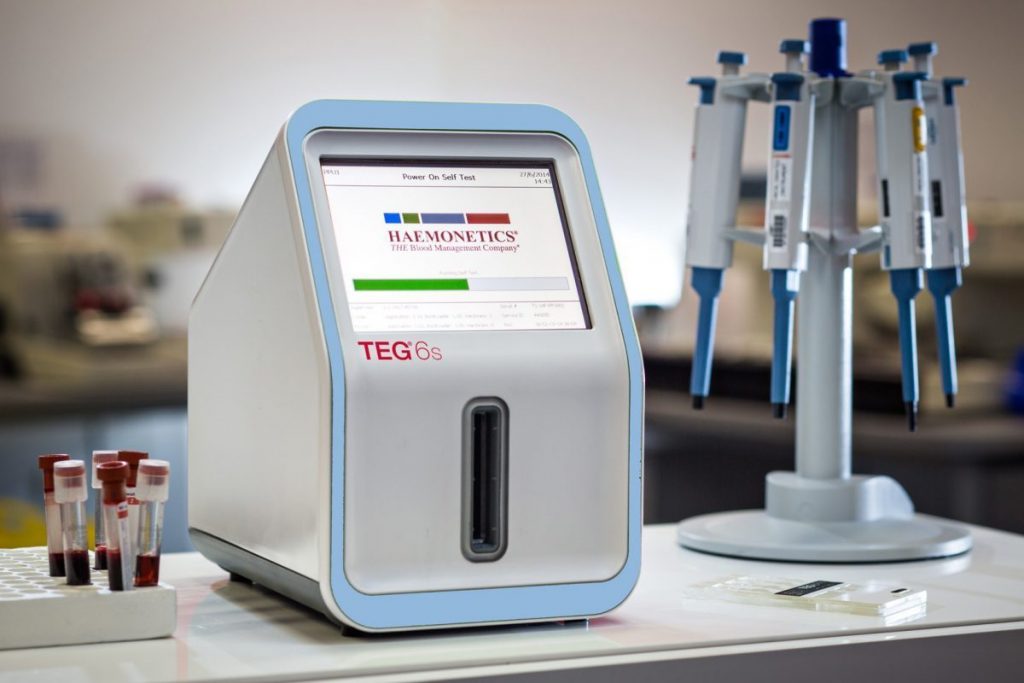Comparative Pharmacological Profiles of Various Bovine, Ovine, and Porcine Heparins

Unfractionated heparin is the first anticoagulant drug and has been successfully used clinically for over 80 years. Heparin and its analogues are used during surgery and dialysis and are often used to coat indwelling catheters and other devices where the vascular system is exposed. Most of the heparins used clinically are derived from porcine intestinal mucosa. However, heparins have also been manufactured from tissues of other mammalian species such as cows and sheep. Recently there have been attempts to generate bioengineered heparin in order to overcome contamination and antigenicity problems. Currently there are some concerns about the shortage of the porcine heparins as they are widely used in the manufacturing of the low-molecular-weight heparins. Moreover, due to cultural and religious reasons in some countries, alternative sources of heparins are needed. The Food and Drug Administration and other regulatory agencies have considered alternative sourcing of heparin for potential substitution of porcine heparin and are currently reviewing this matter. Numerous studies are ongoing to understand the structure-activity relationships of these various heparins. In this article, heparins from different animal sources were studied to determine the extent of biosimilarity between them. For these investigations, 10 batches each of bovine mucosal heparin (BMH), ovine mucosal heparin (OMH), and porcine mucosal heparin (PMH) were studied. These studies have demonstrated that OMH and PMH have comparable anticoagulant and antiproteases activities. However, BMH exhibited somewhat a lower potency compared to OMH and PMH in functional assays.
